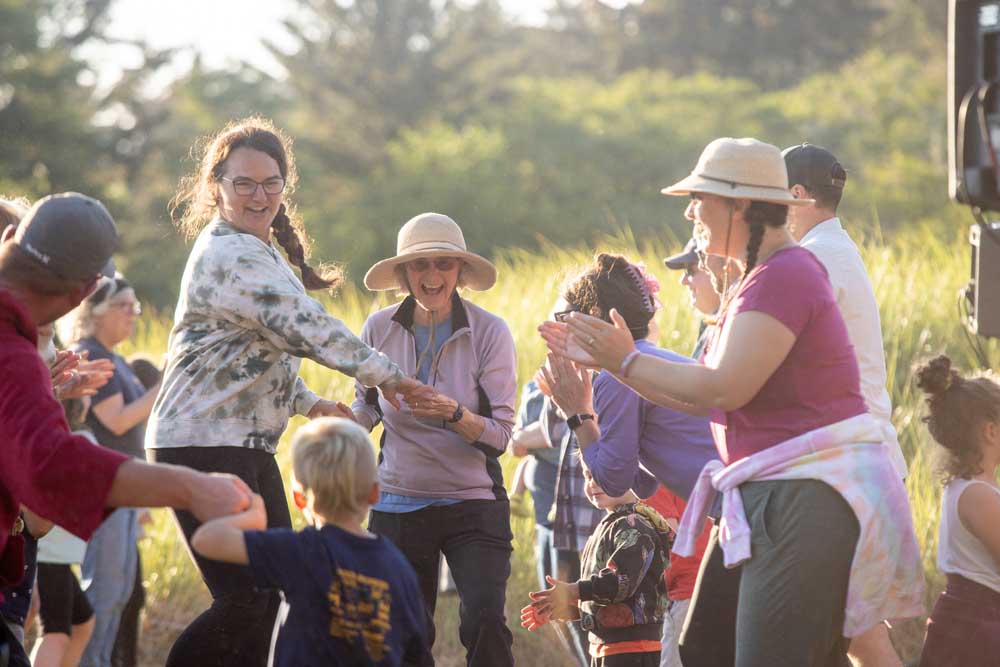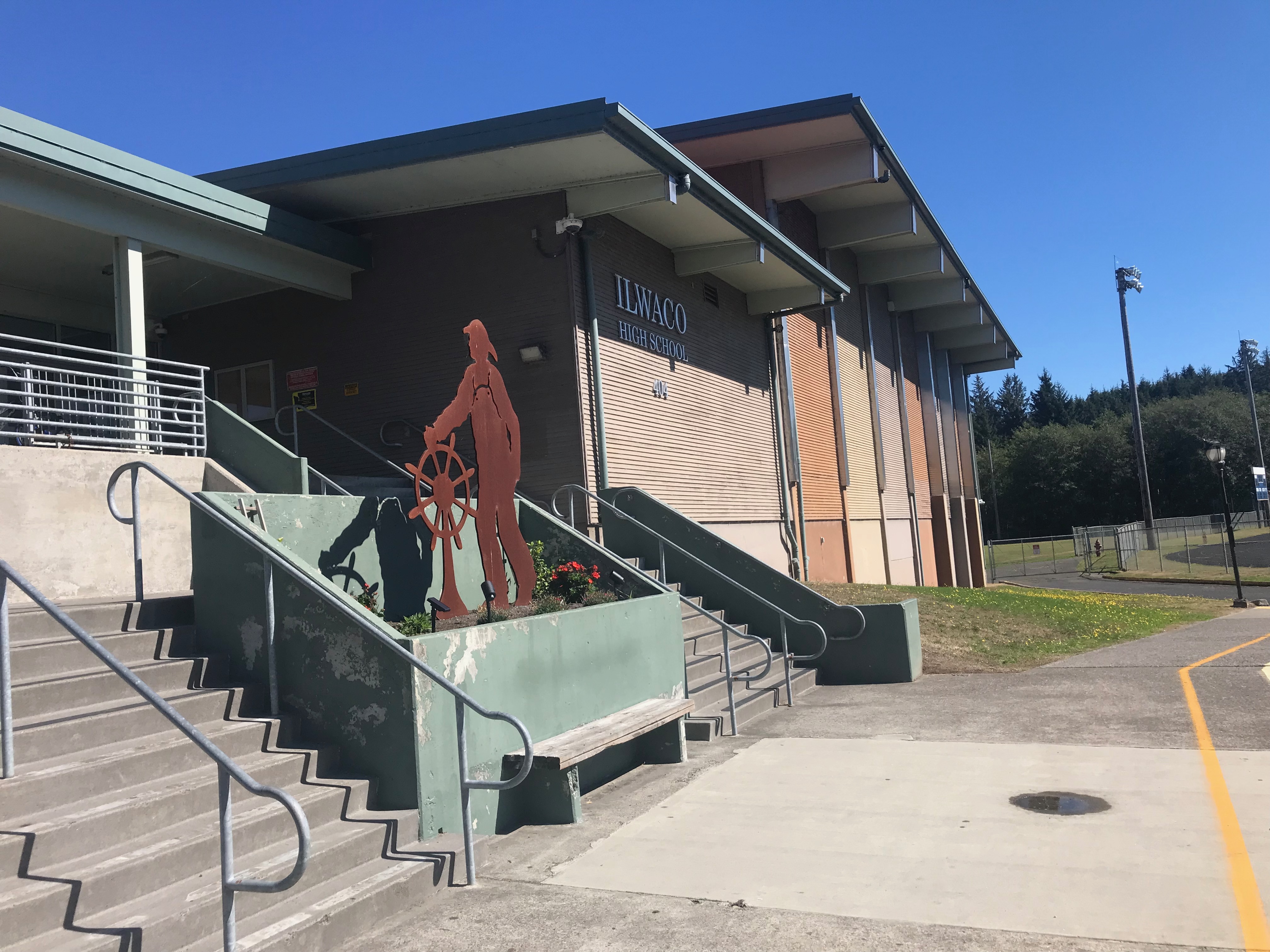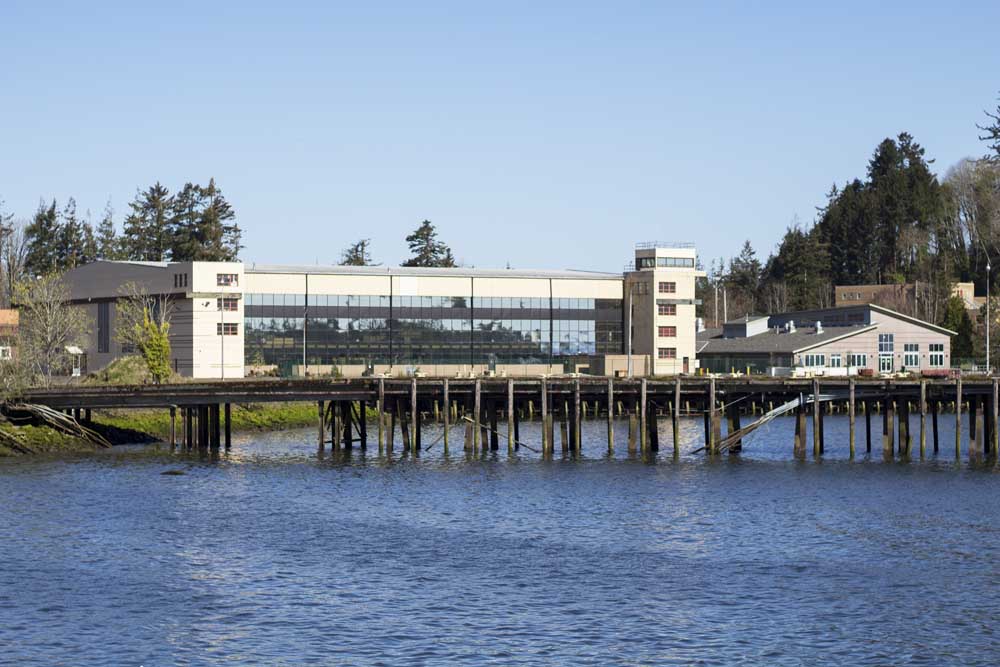Editorial: Support our marvelous state parks
Published 10:52 am Tuesday, March 25, 2025

- Concert-goers danced to the sound of The Brownsmead Flats during the Waikiki Beach Concert Series in 2022 at Cape Disappointment State Park.
It’s reasonable to say that no two counties in the Pacific Northwest are more reliant on state parks than Pacific and Clatsop at the intersection of the Pacific Ocean and Columbia River. These are prized assets for residents and visitors alike. They deserve our steadfast support.
With the busy summer season fast approaching and 2024 visitor numbers recently released, this is an ideal time to consider how crucial state parks are to our economy’s increasingly important hospitality sector. It’s also worth thinking of how staffing cutbacks in national parks may increase pressure on state and local parks, especially if a recession starts curtailing longer-distance recreational trips.
The two parks bracketing the mouth of the Columbia and extending along the seashore — Fort Stevens and Cape Disappointment — are iconic for vacation camping.
Cape D, where coastal erosion closes some campsites, had more than 900,000 visitors last year, about 7% fewer than in 2023 but up 5.5% from pre-covid 2019. It is set to mostly close this September for major renovations. Fort Stevens saw more than 1.33 million day-use visitors in 2024, up more than 16% from the prior year and roughly on par with the record total in 2021 when pandemic-impacted hoards descended on safe outdoor sites.
“Facing the sheer force of the Pacific Ocean, those [seashore] parks sometimes pose more complex challenges for park managers,” the Oregon parks system noted. Natural forces combine with crowds to exact relentless wear and tear.
The Long Beach Peninsula seashore — an open-access state park — dwarfs attendance at other individual parks in our area, with consistent estimated visitation of around 3.3 million a year. Clatsop County’s seashore parks racked up impressive numbers last year — among them, Ecola 325,126, Oswald West 1,418,370, Tolovana 1,008,036. Visitation at Hug Point near Cannon Beach shot up more than 100% last year. Overall, visits to Oregon coastal parks was up more than 3%.
Washington and Oregon state parks depend heavily on fees and other revenue they generate. Washington parks still receive general fund support, but have been urged for years to do more to become self-sustaining. Legislation to raise the cost of an annual Discover Pass parking permit by 50% to $45 a year appears likely to be approved by Washington lawmakers. Oregon State Parks increased visitor fees this year and will continue to look at fees over the next two years to help balance the budget. Despite these increases, parks in both states struggle with substantial maintenance backlogs and other expenses.
On top of challenges faced by state parks, this and future local tourist seasons could be impacted by National Park Service cutbacks. Little is known about what staff reductions mean here. With about 280,000 visitors in 2022 — the most recent year with a readily available report — Lewis and Clark National Historical Park in our two counties is an important attraction. Even a small loss of staff stands to erode visitors’ experiences over the course of time. We must all register our interest in this impending issue.
Conversely, National Park service cutbacks elsewhere may send even more vacationers to local state parks, including several sites we haven’t mentioned. An economic recession, if one happens, also stands to swell visitor numbers on the coast, as families seek out more affordable destinations relatively close to home.
Our state parks contribute in countless ways to our quality of life here on the coast. Beyond economic benefits, we live in the embrace of magnificent public spaces that are mostly paid for by others. We should do all we can to preserve and enhance these assets — by lobbying state legislators, buying visitor passes ourselves, and even by simple acts of volunteerism such as picking up any litter we encounter. State parks are among the many ways in which we’re so lucky to live where we do.
• One busy park needs nearly a semi-truck load of toilet paper per year for visitors.
• In Oregon, more than one third of restroom facilities are 50 years old or older, which require more care and maintenance with higher use. The cost to replace a restroom/shower building is now more than $1 million each.
• Oregon Parks serve as many as 17,000 campers per night in the busy season, which means moving a city roughly the size of Canby in and out of campgrounds almost daily.





